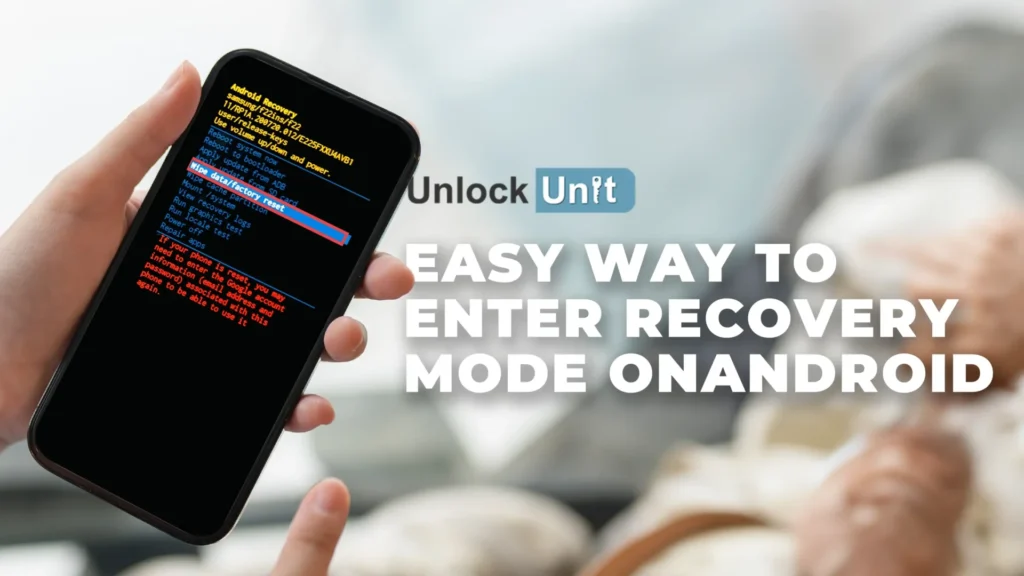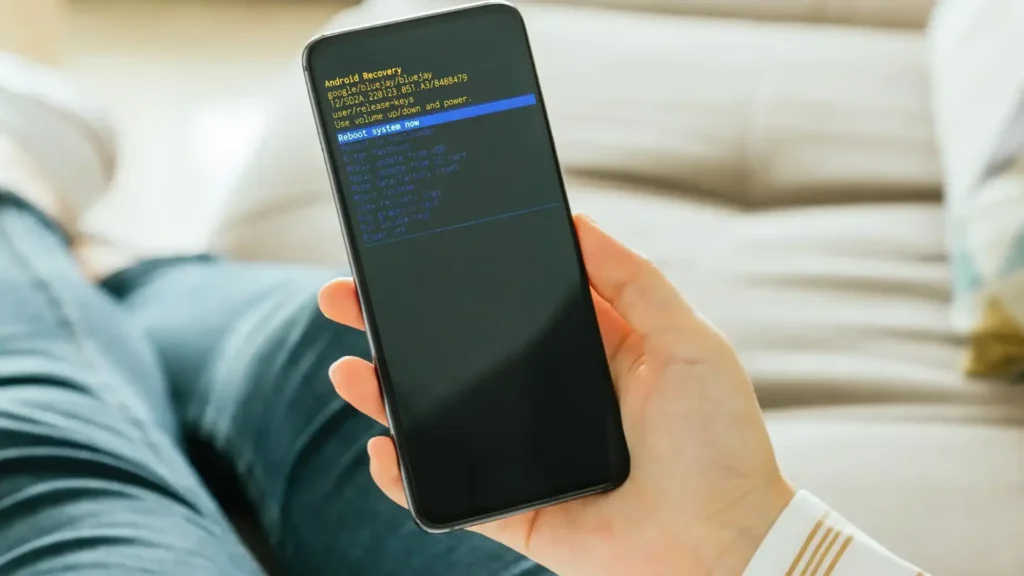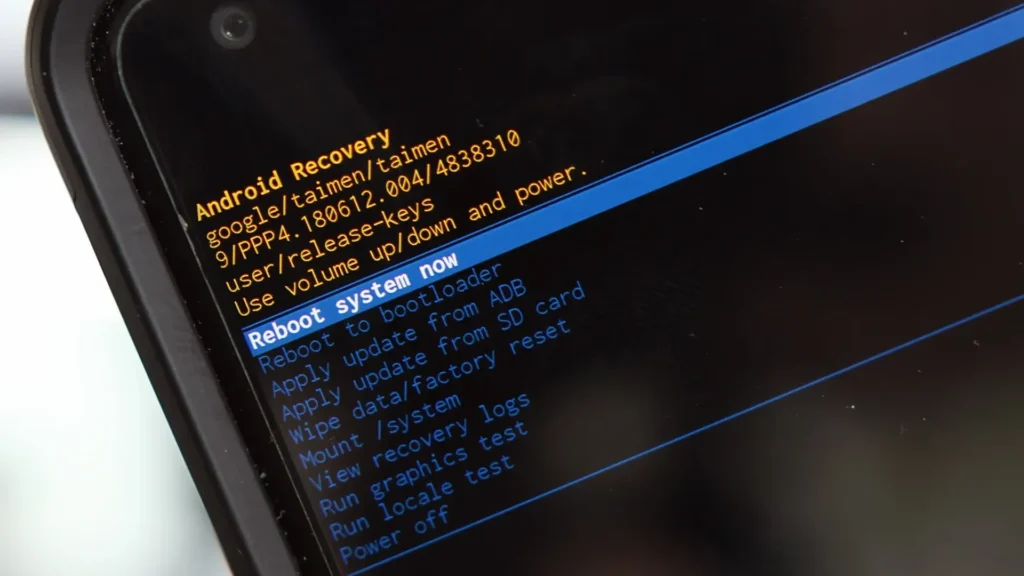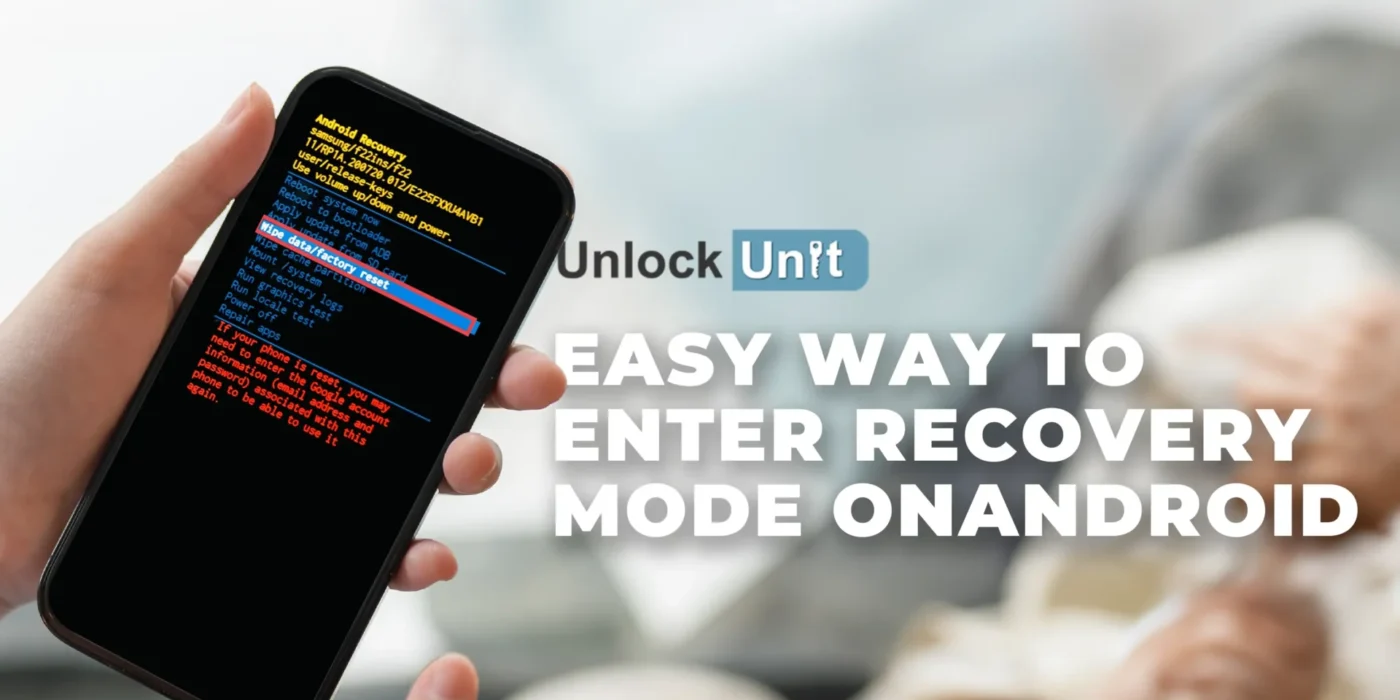
How to enter recovery mode on android? Have you ever found yourself grappling with issues on your Android phone and wished for an easy fix? Enter recovery mode, a powerful tool that can help you troubleshoot problems, upgrade software, and even reset your device to factory settings.
What is Recovery Mode on Android?
Recovery mode is a special bootable partition on your Android device that allows you to perform various maintenance tasks. It’s separate from the main operating system and is often used to fix problems that prevent the device from booting up normally.
Recovery mode can be accessed on all Android devices, including budget-friendly models, and offers a range of functionalities that can help you manage and optimize your device.
How to Enter Recovery Mode on Android
Accessing recovery mode is straightforward, though the exact steps can vary slightly depending on your device’s brand. Here’s a general guide:
- Power off your device.
- Press and hold the volume down and power buttons simultaneously to enter the bootloader menu (Fastboot Mode).
- Use the volume buttons to navigate to “Recovery Mode” and select it with the power button.
- In the recovery mode screen, use the volume keys to navigate and the power button to select options.

Features of Android Recovery Mode
Once in recovery mode, you’ll find several useful features:
- Reboot System: Exit recovery mode and restart your device. This option is handy when you’re done with recovery mode or if you entered it accidentally.
- Enter Fastboot: Access the fastboot menu, a special interface for installing custom firmware or ROMs without needing a custom recovery. While not something you’ll use often, it’s useful for advanced users.
- Apply Update from ADB: Manually install firmware updates using ADB commands. This feature comes in handy when your device’s manufacturer allows you to download firmware updates directly.
- Apply Update from SD Card: Install updates from your device’s storage. This method is an excellent alternative for manually updating your device if you’re not comfortable using ADB commands.
- Factory Reset: Reset your device to its factory settings. This is a frequently used feature that can revive a device stuck in a boot loop or resolve issues with corrupted system files.
- Wipe Cache Partition: Clear your system cache to improve device performance. This option can be beneficial if your device is running slow due to a large cache.
- View Recovery Logs: Review a log of actions taken during the current recovery session. This feature is useful for keeping track of the steps you’ve already completed.
- Run Graphics Test: Check your device’s graphics and display functionality. This quick test can help you ensure that your device’s display is working correctly.
- Run Locale Test: Test your device’s language display capabilities. This feature allows you to view default messages displayed in different languages.
- Repair Applications: Reoptimize your apps for improved performance. This feature is particularly useful if your apps are running slowly or causing other issues.

Conclusion
Android recovery mode is a powerful tool for troubleshooting and maintaining your device. Whether you need to resolve startup issues, optimize app performance, or install custom firmware, recovery mode has you covered.
It’s always wise to back up your data before performing any actions in recovery mode to avoid data loss.

